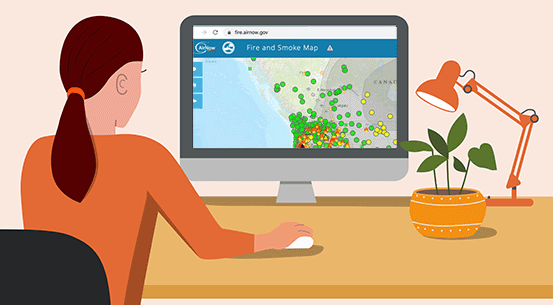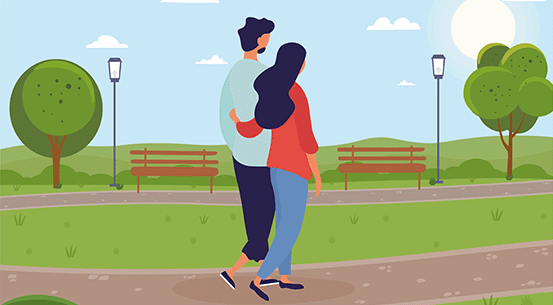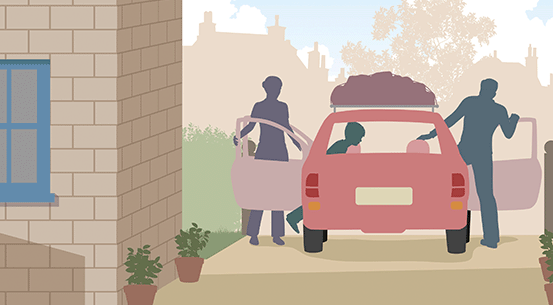Use your clean air room.
Clean air rooms can help reduce your exposure to smoke while staying indoors. Spend as much time as possible in the clean room to get the most benefit from it. The information below explains how to use your clean air room to stay cool and filter indoor air during a smoke event.
Keep your clean air space cool.
Whenever you can, use air conditioners, heat pumps, fans, and window shades to keep your clean air space comfortably cool on hot days. During periods of extreme heat, pay attention to temperature forecasts, and know how to stay safe in the heat. If you can't stay cool at home, seek relief at a clean air shelter, other large building with air conditioning and good filtration, or with friends or family.
Use a portable air cleaner.
If you have access to one, use a portable air cleaner in one or more rooms. Portable air cleaners work best when run continuously with doors and windows closed. If you can't get a portable air cleaner, you can also use a DIY Air Cleaner to reduce wildfire smoke indoors.
If you have central air, run your HVAC system.
If you have a central air system in your home, use it to filter the air. Use high-efficiency filters (rated MERV-13 or higher) and replace the filters frequently. Learn about your system and use the appropriate settings (“Recirculate” and “On” rather than “Auto”). If your system has a fresh air option, close the intake.
Avoid activities that create pollution.
Avoid activities that create more air pollution, such as frying foods, sweeping, vacuuming, and using gas, propane, or wood-burning stoves and furnaces.
If you use an older model do-it-yourself box fan air cleaner, never leave it unattended. Learn more about
DIY Air Cleaners.



























